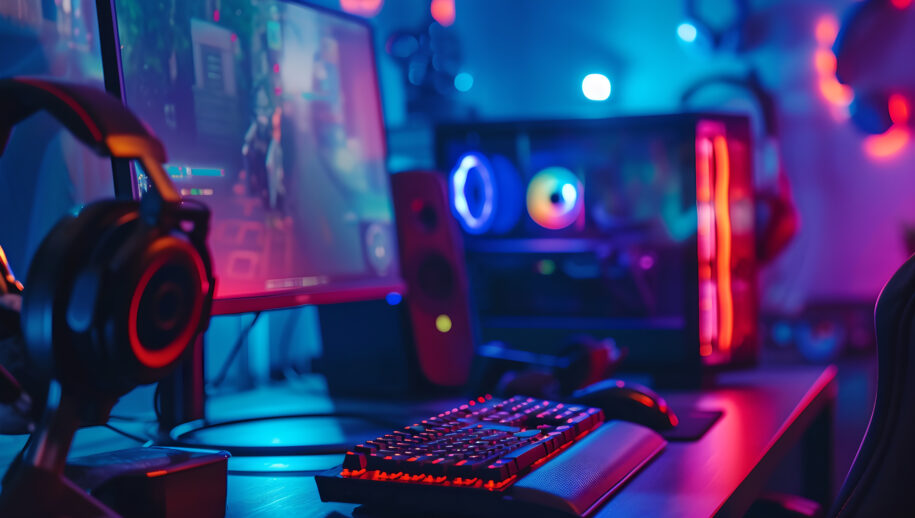
There is nothing worse than going to play your favorite game and it starts chugging frame like you are playing some sort of interactive PowerPoint presentation. Don’t worry, though; we’ve got you covered! Here’s how to boost your FPS (frames per second) and get that smooth, seamless gaming experience you deserve. We want you playing games, not slideshows!
Table of Contents
1. Optimize Your In-Game Graphics Settings
Sometimes, your game’s settings might be holding you back. Dive into your game’s graphics settings and adjust them for better performance. Lowering the resolution, reducing texture quality, turning down shadow quality, reflection quality, and any sort of volumetric things can make a big difference. It’s all about finding that sweet spot between visual quality and smooth performance. Also make use of AI based upscalers like NVIDIA’s DLSS, AMD Radeons FSR, or Intel’s XeSS.
2. Upgrade Your Graphics Card
If you’re still rocking an old GPU, it might be time for an upgrade if newer games are making it show its age. Newer GPUs, like any tech, are just going to perform better thanks to advancements in the technology powering them. Check out the latest offerings from NVIDIA and AMD, and choose one that fits your budget and gaming needs.
3. Keep Your Drivers Updated
Outdated drivers can be a major culprit behind low FPS. Make sure you keep your graphics card drivers up to date. Your GPU manufacturer offers software that makes keeping things up to date, and tweaking other settings, a breeze. Follow this article to get up to speed on keeping your drivers up to date.
4. Close Background Applications
Running too many applications in the background can sap your system’s resources. Before you jump into your game, close any unnecessary programs. This frees up your CPU and RAM for gaming, which can lead to better FPS.
5. Increase Your RAM
If you have a low amount of RAM, it can severely impact FPS. Upgrading your RAM capacity (and speed) can provide a noticeable boost in performance, especially for modern games that are beginning to make use of increased memory capacity. Consider 16GB your basic standard, 32GB a sweet spot, and 64GB and more the high end of things.
6. Upgrade Your CPU
If your CPU is outdated, it might be bottlenecking your graphics card. A newer, faster processor can handle more calculations and improve overall performance. If you’re playing CPU-intensive games, you may want to consider a better processor.
7. Check Your Network Connection
For online games, a slow or unstable network connection can be a big problem. Use a wired connection for the most stable internet. If you’re on Wi-Fi, try to be as close to the router as possible or invest in a quality Wi-Fi booster. Lag sucks the fun out of online games, so make sure you give yourself the best connection possible
8. Tweak Your Power Settings
Make sure your PC’s power settings are optimized for performance.
In Windows 10, go to Settings > Power & Sleep > and select “additional power settings” under the “related settings”. Then select “ultimate performance” under the power plans. This ensures your PC is running at full power, and thus faster clock speeds, rather than trying to conserve energy.
In Windows 11, open Control Panel. Go to “Hardware and Sound”, then go to “Power Options”, click “show additional plans”, then tick the radio button to select “ultimate performance”.
Conclusion
There you have it, folks! By upgrading your hardware, optimizing settings, and keeping your system in top shape, you can boost your performance and enjoy a smoother gaming experience. It’s all about balancing performance and quality to get the best out of your setup.
Happy gaming!